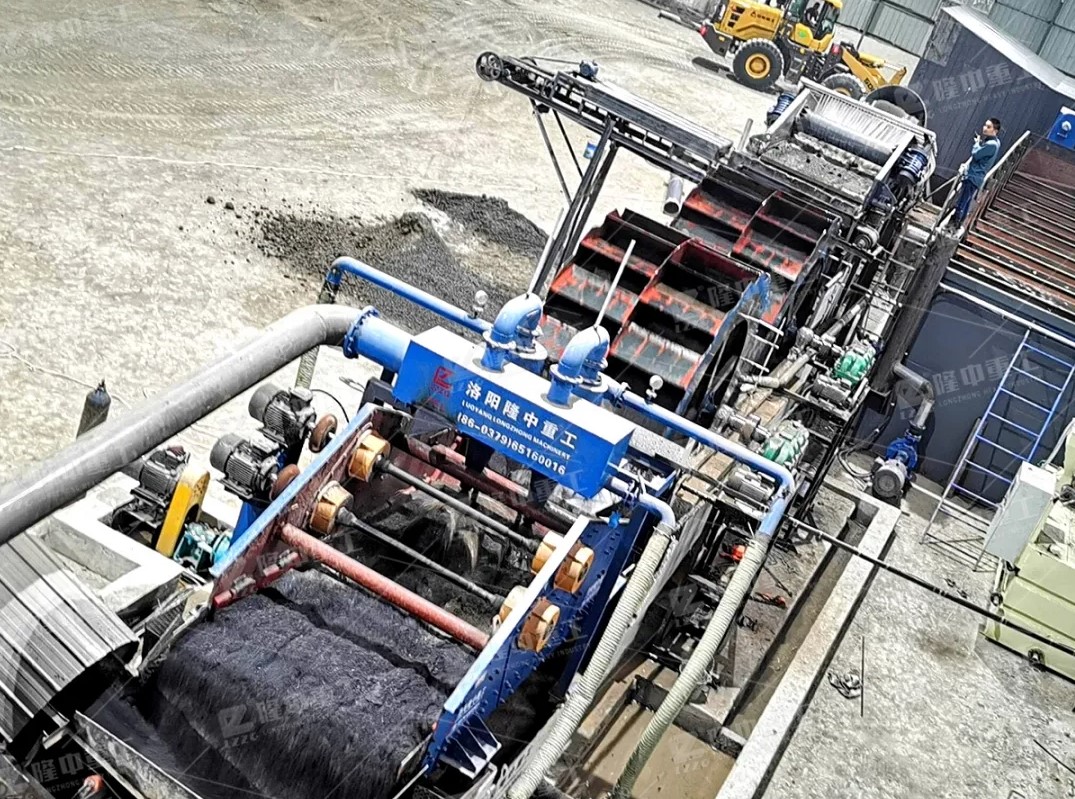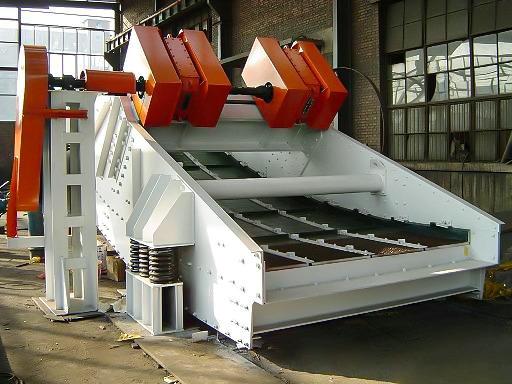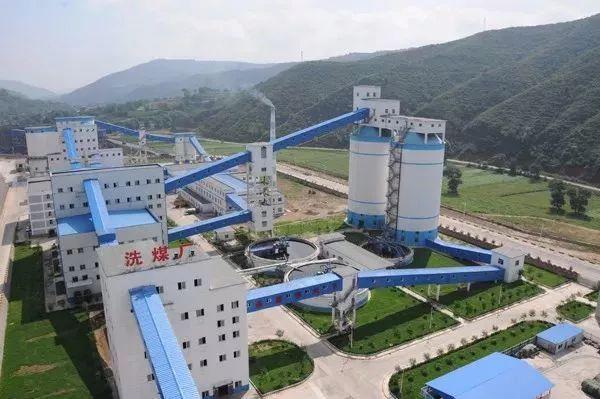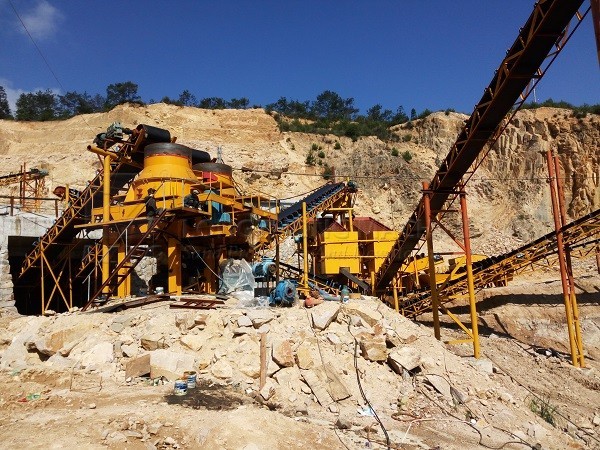Thickener for slime water treatment in coal washing plant
 December.23,2020
December.23,2020
The coal preparation plant generally adopts “cyclone, thickener, filter press (slime sedimentation tank)” processing technology. Under normal circumstances, it is purchased machine polymer flocculant (polyacrylamide). The high-molecular flocculant interacts with slime particles or slime colloids to neutralize the electrical properties of the slime surface, reduce the surface energy, and make the slime particles coagulate and settle.
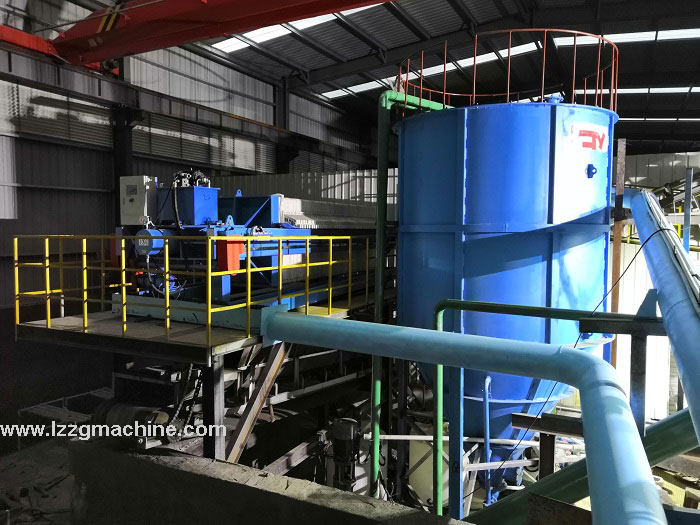
Different molecular weight flocculants should be selected for slime water with different particle size. Polyacrylamide can be divided into three types: anionic polyacrylamide, cationic polyacrylamide and non-ionic polyacrylamide. When using polyacrylamide for water treatment, ensure that the type is consistent with the pH value of the slime water. Anionic polyacrylamide is suitable for alkaline slime water, cationic polyacrylamide is suitable for acidic slime water, and anionic When mixed with cationic polyacrylamide, the flocculation and sedimentation effect of slime water is better.
pac
PAC’s treatment of coal washing wastewater: the function of PAC is to destabilize the particles in the water by compressing the double electric layer to cause agglomeration.
pam
Treatment of coal washing wastewater by PAM: The main function of PAM is to rely on the strong action of high molecular weight to achieve bridging and agglomeration, enhance the surface binding strength of the initial particles, thereby increasing the internal binding force of the aggregates and densification. In addition, determine The PAM dosing position is also very important. PAM is directly dosed in the coalescing column, which can realize the adhesion of the initial particles on the surface of the nuclear flocs one by one, and under a certain stirring intensity, a dense coal slurry can be formed.
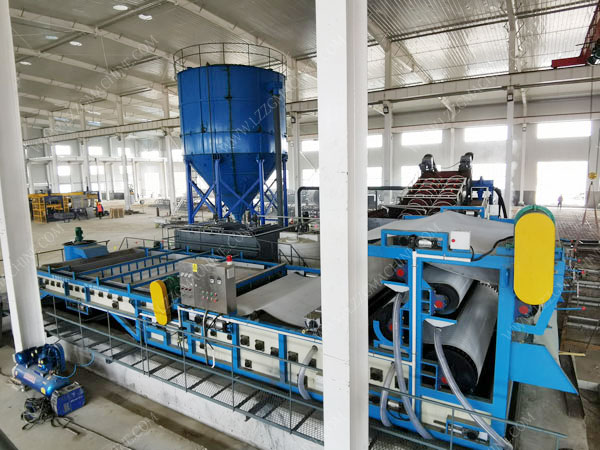
The amount of polyacrylamide used to treat one ton of sewage
Coal washing wastewater is difficult to clarify naturally, and the supernatant of this kind of wastewater after precipitation is still a black liquid with a large amount of suspended matter such as slime, which contains various additives and heavy metals and other harmful substances in the coal preparation process. The coal washing wastewater was not discharged up to the standard, causing water pollution, river siltation, and slime loss, causing great economic losses to the country and making the coal industry more scarce of water resources.


